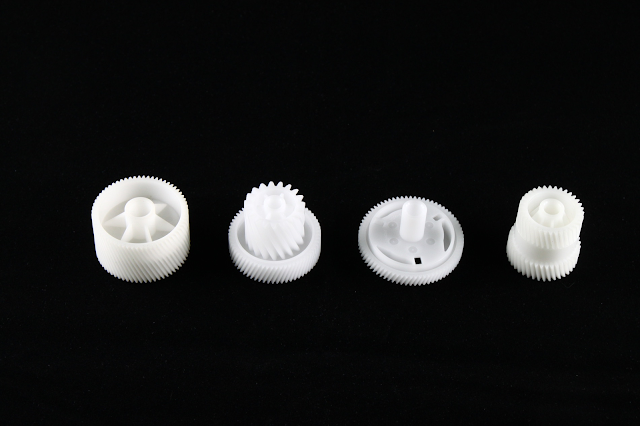Metal Stamping Die Components Explained: From Die Plates to Retainers
A metal stamping die is a
tool that cuts and shapes a metal sheet when a press exerts pressure. But when
you look more closely at what a die is made of and how it works, it's easy to
become lost in the details.
Basic Die Components and
Functions
Die Plates
Die plates, also known as die
shoes and die sets, are the foundation onto which additional die tools and components
are attached. They keep many of the other items on this list in place. Die
plates among Stamping Die Parts are normally composed of steel, however,
aluminium is a viable alternative. It is lightweight and may be mixed with
alloys to increase strength.
Die guide pins and bushings.
Die guide pins operate with guide
bushings to precisely position the upper and lower die plates. They are built
with tolerances to guarantee proper alignment.
Die guide pins are classified
into two types: friction and ball-bearing pins.
Straight guide pins are somewhat
smaller than their equivalent bushing's inner diameter.
Ball-bearing guide pins move
along a series of ball bearings within an aluminium ball cage. This permits the
bearings to revolve while keeping them from falling out.
Die Punches
Die punches are the instruments
that push into and alter metal sheets. They are secured within the die
retainer. Their snout form determines whether they can bend or punch a hole
through the metal. Nose shapes include round, oblong, square, rectangular, hex,
flattened-round, and customised. Aside from nose form, die punches are
available in a variety of shank diameters and lengths.
Die Buttons
Die buttons are die punches'
equivalents. They offer the opposing cutting edge, into which die punches are
put. Like die punches, die buttons come in a variety of forms, shapes, and
tolerances. They are, however, typically 5-10% bigger than the punch nose in
terms of penetrated material thickness.
Die Springs
Die springs are helical springs with
high compression forces. They provide the necessary force to keep metal sheets
in position while they are being changed by the die.
Die springs are classified into
several categories, the two most prevalent being mechanical and nitrogen gas
die springs.
Mechanical die springs, or wire
coil springs, are the most common form of die spring.
Nitrogen gas die springs employ
pressurised nitrogen gas housed within a cylinder to impart force on the die.
Die Retainers
Die retainers among Stamping
Die Parts China are used on die plates to keep cutting and shaping die
components in place. They occur in a variety of forms that fulfil distinct
functions. Some prominent options include:
- Ball-lock
- Shoulder
- Retractable trumpet head





Comments
Post a Comment